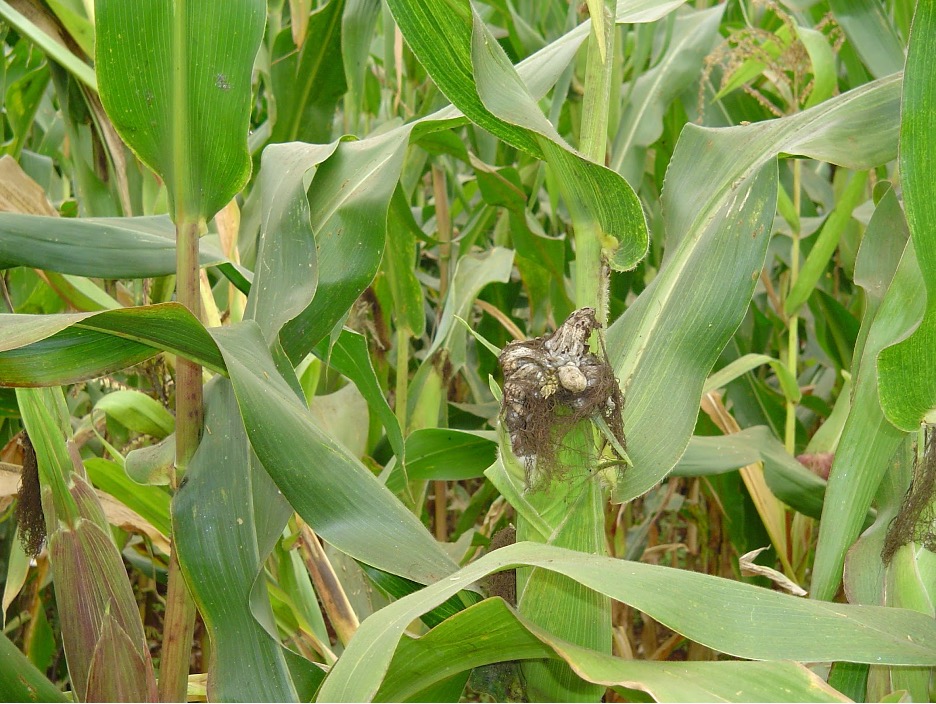Overview
Researchers
Yanyan Liu
Senior Research Fellow, IFRPRI
Nozomi Kawarazuka
Social Scientist, International Potato Centre, CGIAR
Hugo De Groote
Principal Scientist and Agricultural Economist with International Maize and Wheat Improvement Center (CIMMYT) in Kenya
Teresa Molina Millán
Assistant Professor, University of Alicante
Kenya Agriculture and Livestock Research Organization (KALRO)
- Country
- Kenya
- Timeline
- 06/01/2022 - 04/30/2023
- Constraints
- Information
- Technology Category
- Extension

Photo credit: CIMMYT via Flickr
Effective plant health management is critical for improving the productivity, sustainability, and resilience of agri-food systems. Each year, plant pest and disease (P&D) outbreaks are estimated to cost the global economy US$220 billion, particularly affecting women and poorly resourced communities (Prasanna et al., 2022). Traditional agricultural extension aims to provide solutions for P&D outbreaks but often fails to reach smallholder farmers, especially women and marginalized groups. While digital technology enables personalized extension services to reach smallholder farmers at a much lower cost, there is little evidence of the impact of digital technology tools on P&D management. Can a mobile application increase farmers’ knowledge on P&D management, agricultural productivity, income and welfare?
In this pilot study in Kenya, researchers partner with Nuru, a mobile application that helps farmers diagnose and treat plant pest and disease. Farmers upload photos of their crop to the application and receive recommendations and suggestions based on the diagnosis. With existing farmer groups (FGs), researchers will introduce the Nuru application, specifically targeting women members and provide a subset of initial users with a data package to understand whether a financial constraint is a barrier to adoption of the Nuru application.
This pilot is ongoing; results are forthcoming.